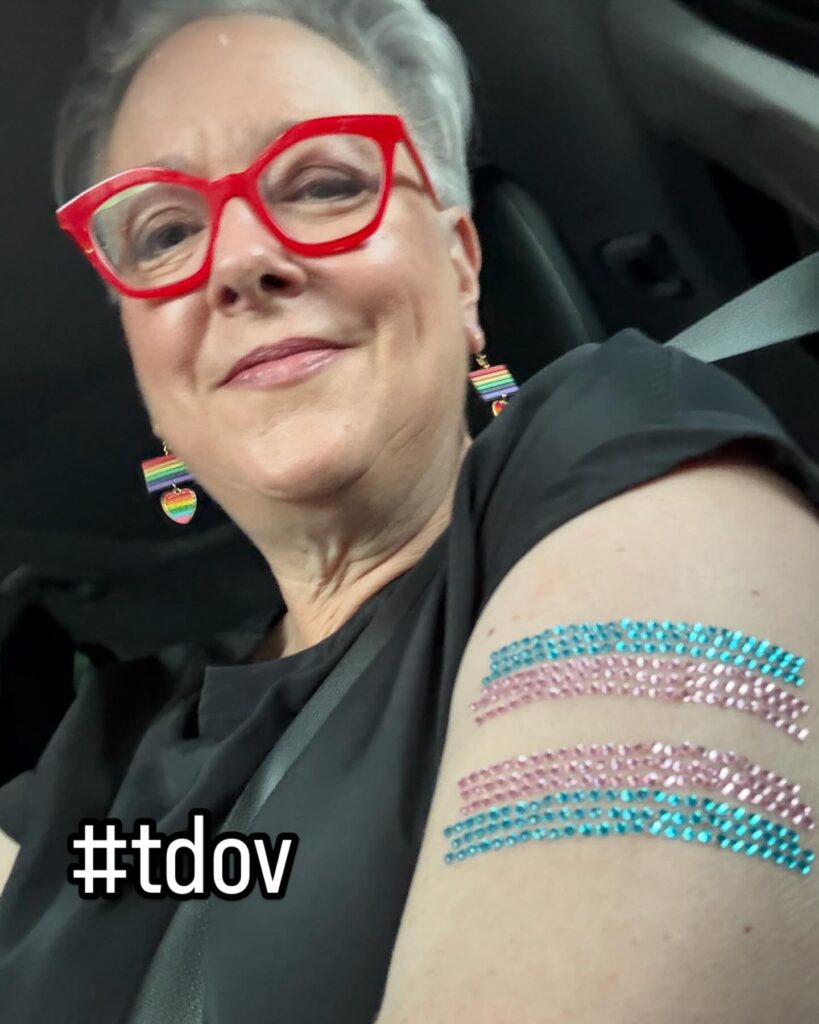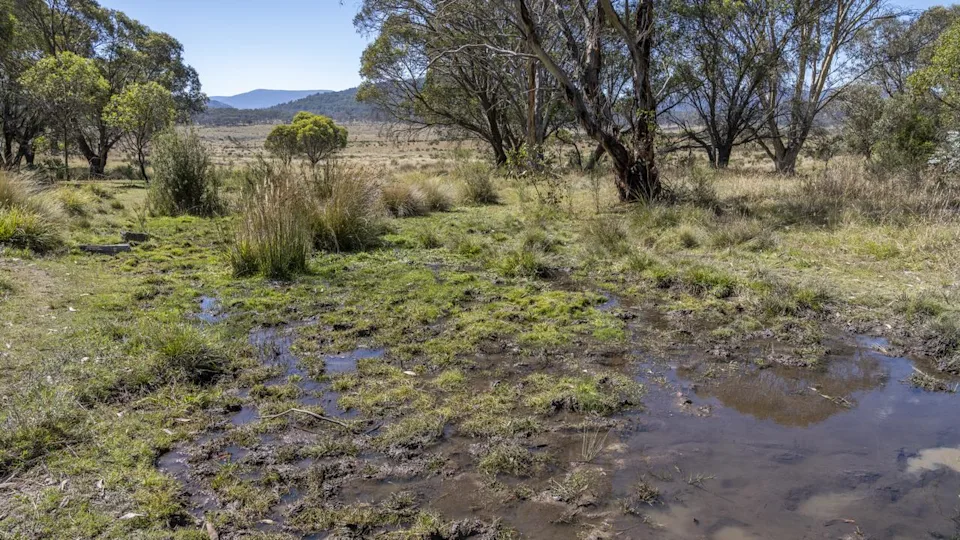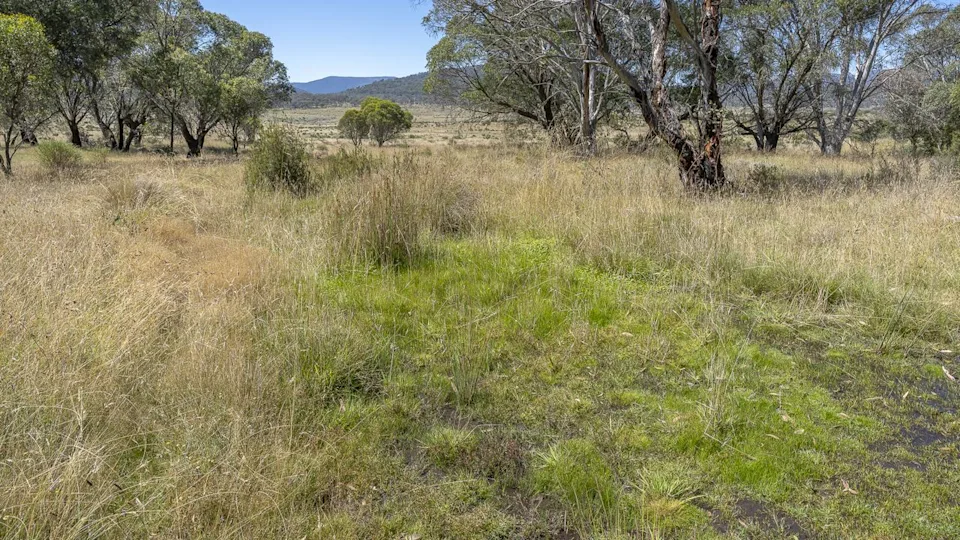The New South Wales environment minister has praised the progress of a controversial government effort to reduce the wild horse population that has seen thousands of brumbies shot dead from helicopters in the Snowy Mountains.
Penny Sharpe, a homosexual activist who helped ram her party’s controversial Equality Bill through parliament late last year, spoke out after the release of the 2024 Kosciuszko National Park wild horse population survey on Wednesday morning.
The survey found that there could be a few as 1,579 brumbies remaining in the park, down from about 17,000 in 2023. About 6,000 have been killed by aerial shooting between October 2023 and April 30, 2025.
The government is legally mandated to reduce wild horse numbers to 3,000 by June 2027 as part of the Kosciuszko Wild Horse Heritage Act of 2018.

Ms Sharpe said the program had gone well, and that although the focus would switch from reduction to managing the current population, aerial shooting would not be halted.
“We’ve reduced the number of horses in the park by a large number. We’re seeing the park recover as a result. And we’re now moving into managing the population within the park, which I think is a good thing,” she told ABC News.
“We will continue to take action, to use aerial shooting, to reduce invasive species across the park. That will continue. But the large efforts … of the last 12 to 18 months is not going to be needed anymore because the numbers have come down.”
Independent NSW MLC Mark Latham responded to the report by describing Ms Sharpe a “horse murderer”.
“Congratulations Penny Sharpe, horse murderer, with 15,000 beautiful brumbies slaughtered, including 6,000 shot from helicopters, so that a few tufts of scrawny grass could grow back in the Snowy Mountains,” Mr Latham wrote on X.
“This is NSW Labor’s environmentalism. Destroying an Australian icon.
“Those of us who race our horses love them dearly. Loved, well fed, well conditioned, well cared for. The thought of shooting any horse to benefit grass tufts is completely abhorrent. How does Sharpe sleep at night?”
But anti-brumby activists celebrated the decimation of the wild horse population, with Invasive Species Council CEO Jack Gough calling it a “turning point”, and his organisation sharing photos from the NSW National Parks and Wildlife Service (NPWS) that supposedly show vegetation recovery.


“Fewer hard-hooved feral animals trampling the fragile alpine environment means more native species returning, more delicate wetlands recovering and more hope for one of Australia’s most vulnerable national parks,” he said.
Invasive Species Council Indigenous Ambassador Richard Swain said that brumbies damaged “sacred country” and the law needed to be changed so the wild horses could be wiped out entirely.
“Finally, the health of the soil, water and our native species in the Snowy Mountains is healing but we need to fix the ridiculous law that still protects a feral animal over our native plants and animals. It’s a national park, not a horse paddock,” he said.
“There should be no laws on the books that protect a feral animal over our native animals. It’s time colonial Australia took its boot off the throat of this country.”
The Kosciuszko Wild Horse Heritage Act 2018 recognised the cultural value of brumbies, which feature in Banjo Paterson’s iconic poem The Man From Snowy River, and the wild horse conservationists argue they are part of Australia’s heritage.
Brumby advocate Peter Cochran told About Regional he had doubts about the population estimates in the report, and said the regeneration images had been staged to fit the agenda of the NPWS.
“I know these places well and you can see wheel marks in one of the photos,” he said.
“Another photo is just downstream of a culvert where water has been redirected and in the absence of any other water, due to the current dry conditions, of course, the horses congregate there.”
Mr Cochrane also warned the the vegetation regrowth was increasing fuel load for bushfires, calling the build-up “massive”.
The report comes after outrage over aerial shooting of hundreds of koalas in western Victoria last month, which was described as “one of the most shameful acts of state-approved wildlife destruction in recent memory” by the Animal Justice Party.
Header image: Left, brumby carcasses after a cull. Right, wild horses in the KNP (Invasive Species Council).
The post Labor environment minister praises massacre of 15,000 wild horses to save grass first appeared on The Noticer.
The Noticer




 T1
T1



